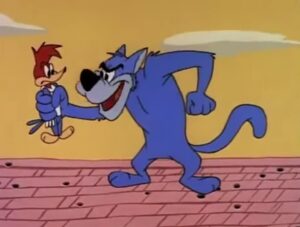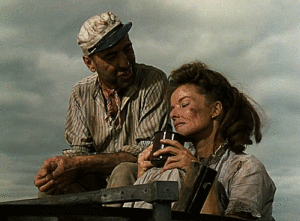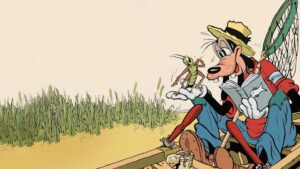The Broken Ear (1937)

The Broken Ear Review
The Broken Ear is the 6th volume of The Adventures of Tintin comics series by Belgian cartoonist Herge. It was published in 1937 and it was the best volume released so far in the series’ run.
Tintin with his dog Snowy searches for a stolen South American fetish, identifiable by its broken right ear, and deals with other thieves who are after it. He ends up in the fictional nation of San Theodoros, where he becomes embroiled in a war and discovers the Arumbaya tribe deep in the forest. The comic includes a war between two fictional Latin American countries around oil that never existed in the first place. It sounds ridiculous, but it’s even funnier because it really happened in the thirties with Paraguay and Bolivia warring each other in an exact fashion.
Because Herge included so much real history into this story, it ended up being not just fun and funny, but also sophisticated and clever. The historical authenticity is admirable here and the book aged so well as it contains no stereotypes to speak of. But the reason why it was better than the previous ‘Blue Lotus’ story lies in its approach as this time around Herge did not forget to have fun.
Yes, the story is serious, but the handling of this subject matter is lightweight and irreverent, which really appealed to me as the fan of the latter for my adventure stories. The mystery detective elements are sidelined in favor of sheer comedy adventure, which worked as it led to a much more engaging story.
Yes, the final third does feature some contrivances and a rushed ending that were typical of this era of Tintin comics, but at least the remainder of the story was effortlessly told and hugely involving. Tintin is much more of an explorer than a reporter here and the fact that he was saved by others and not by pure luck multiple times lent the story more credibility.
Poor Snowy had to deal with so much misfortune this time around, but their friendship still shined bright. The side characters in this adventure are minor, but memorable in their own right. The illustrations are absolutely gorgeous with the natural landscapes being particularly well drawn with the highlights being the rapids section.







